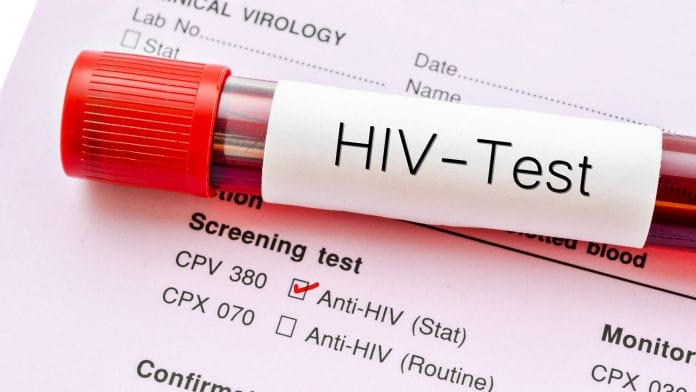
Published by Public Health England, Annual HIV data shows new HIV diagnoses in the UK have fallen to their lowest level since 2000.
New HIV diagnoses have been declining in both gay and bisexual and heterosexual populations. The steepest falls have been seen among gay and bisexual men, where new diagnoses declined by 39% between 2015 and 2018.
Details of the annual HIV data
The continued decline of HIV diagnoses is largely due to the success of combination HIV prevention over the past decade, which includes HIV testing, condom provision, the scale-up of pre-exposure prophylaxis (PrEP) and anti-retroviral therapy (ART) – drugs that keep the level of HIV in the body low and prevent the virus being passed on.
The biggest falls have been among gay and bisexual men who are:
- White (46% decrease from 2,353 in 2015 to 1,276 in 2018);
- Born in the UK (46% decrease from 1,627 in 2015 to 873 in 2018);
- Aged 15 to 24 (47% decrease from 505 in 2015 to 269 in 2018); and
- Living in London (50% decrease from 1,459 in 2015 to 736 in 2018).
During the same period, new diagnoses have also fallen by a quarter among people who acquired HIV through heterosexual contact.
“Early diagnosis means early effective treatment”
Dr Valerie Delpech, Head of HIV Surveillance at Public Health England, said: “It is thanks to the enormous testing and prevention efforts in the UK that we are seeing further declines in new HIV diagnoses, which have now reached their lowest in almost 20 years.
“People with HIV now benefit from effective treatments that stop the virus being passed on to sexual partners and the number of people diagnosed late is lower than ever before.
“Getting tested for HIV has never been easier, with free tests available through GP surgeries, local hospitals and sexual health clinics, as well as through a self-sampling service or by using a self-testing kit. Early diagnosis means early effective treatment, which can prevent you passing on HIV.
“The most common way of getting HIV in the UK is through unprotected sexual contact with a person unaware of their HIV infection. You can protect yourself from HIV through consistent and correct condom use with new and casual partners, through using PrEP, or if your partner is living with HIV, through knowing their virus is undetectable. Condom use will also stop you getting or transmitting other STIs.”
The importance of testing
Public Health Minister Jo Churchill said: “This decline in diagnoses is a result of our unwavering commitment to prevention which has led to more people getting tested and has allowed people with HIV to benefit from effective treatment, stopping the virus from spreading further.
“However, I am not complacent and remain dedicated to ensuring we reach our target of zero new HIV transmissions by 2030.
“There are very effective treatments for HIV that enable people diagnosed with the virus to live a long and healthy life and minimise the risk of onward transmission. Early diagnosis through regular testing ensures people get the greatest benefit from these HIV treatments. HIV testing is freely available through GP surgeries, local hospitals and sexual health clinics, as well as through a self-sampling service or by using a self-testing kit.”
PHE, alongside other government and third sector organisations, is working to control HIV by 2030 and these new figures are an encouraging sign that this is achievable.






















